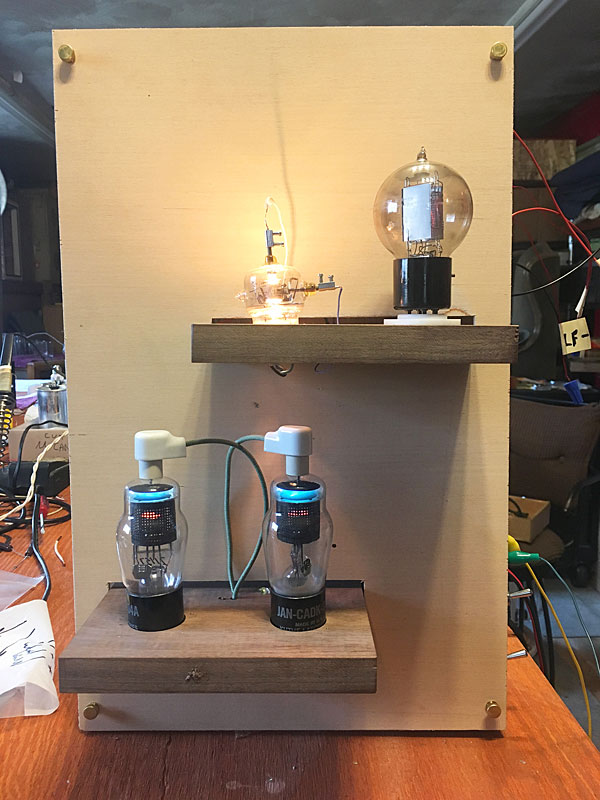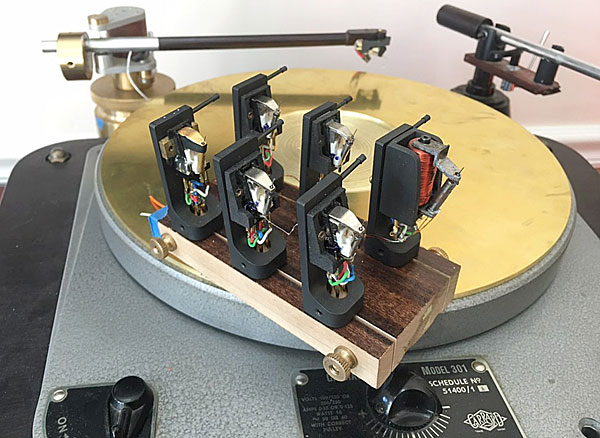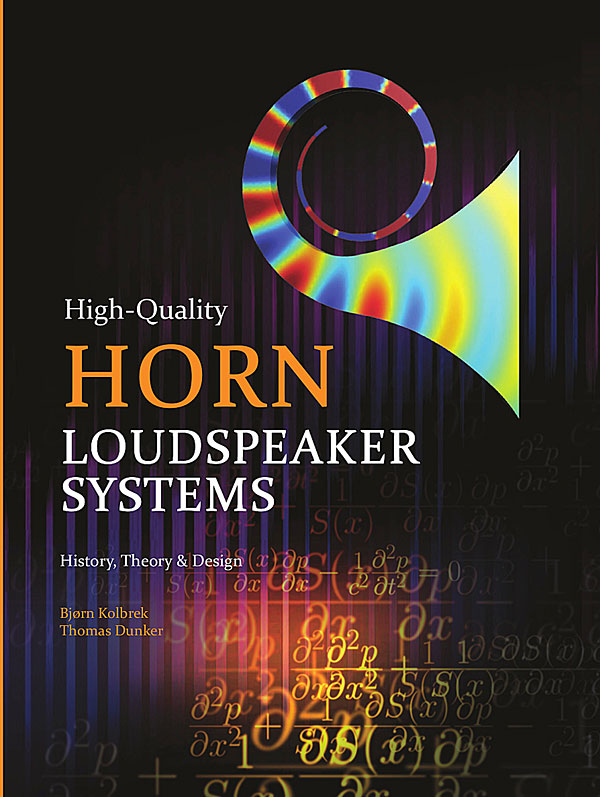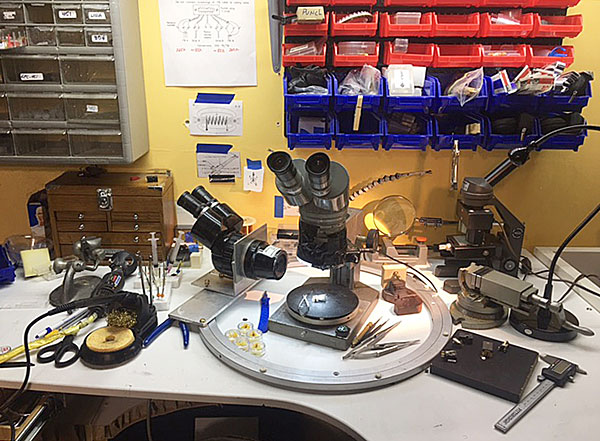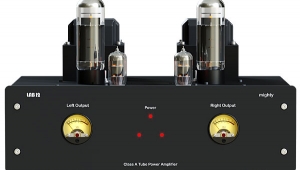| Columns Retired Columns & Blogs |
We all have friends that we look forward to seeing. They are the people that improve our day just by stopping by and sharing an adventure with us. Herb, you are one of those friends and whenever I see your byline my day gets better.
